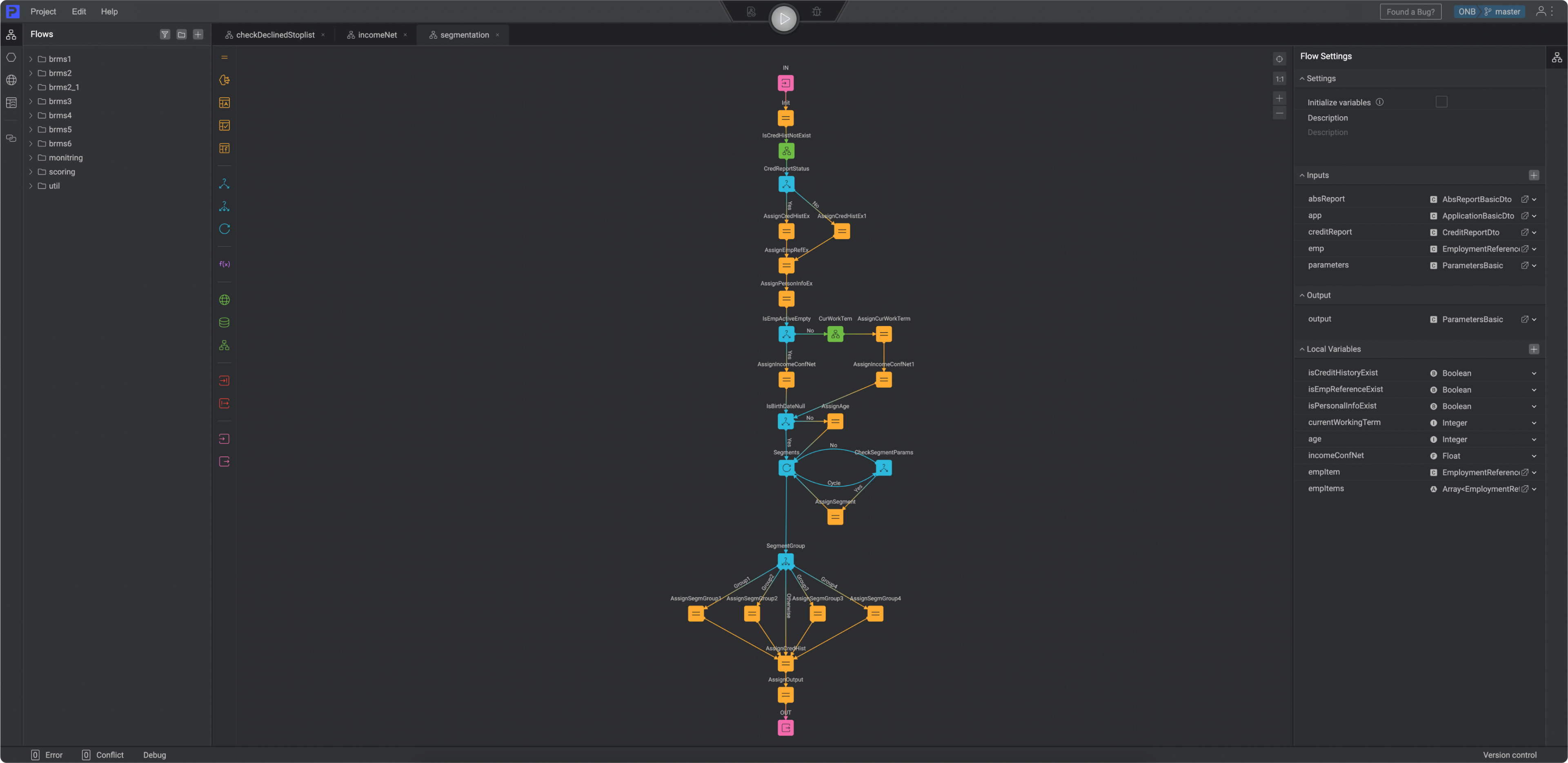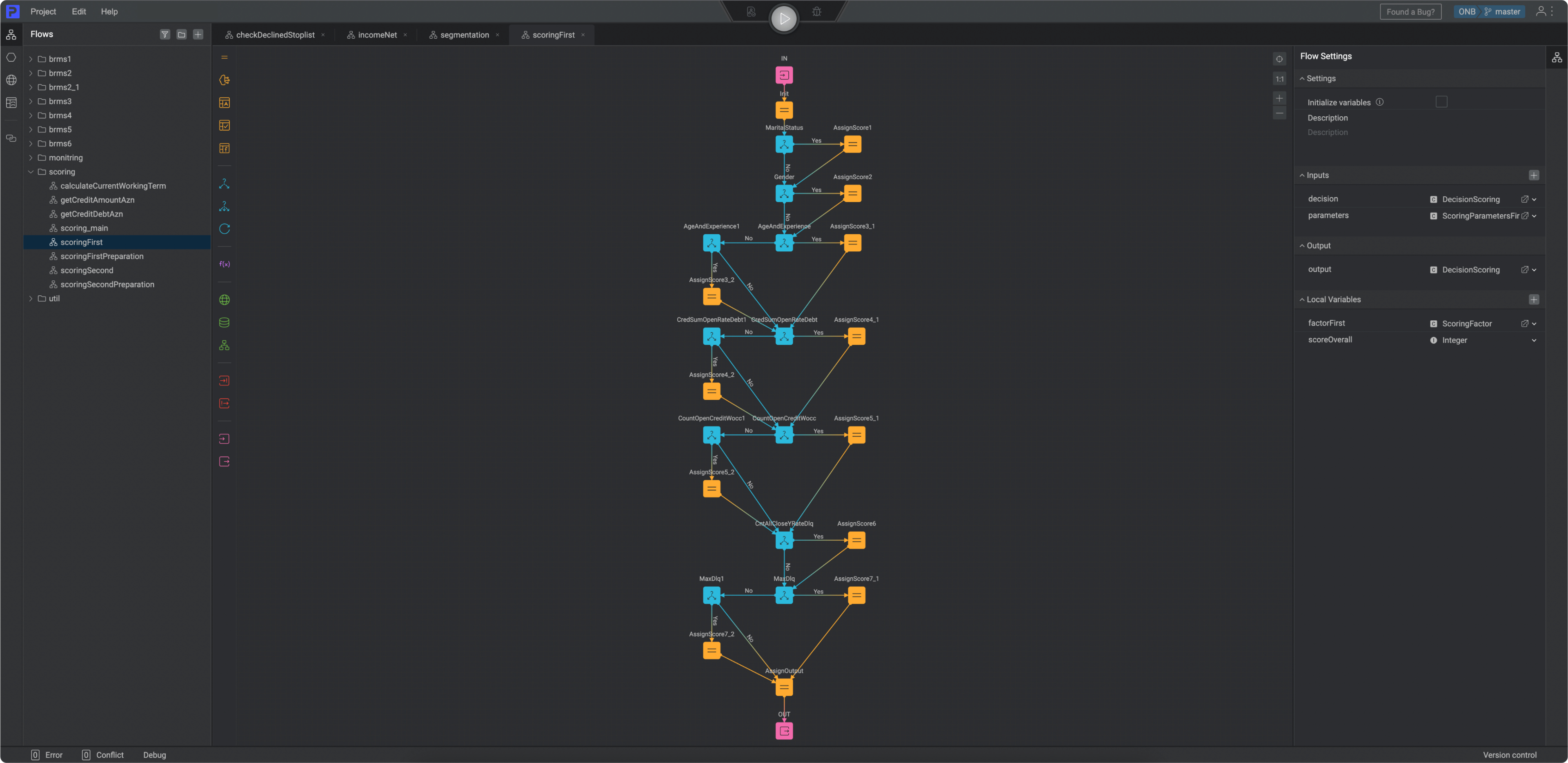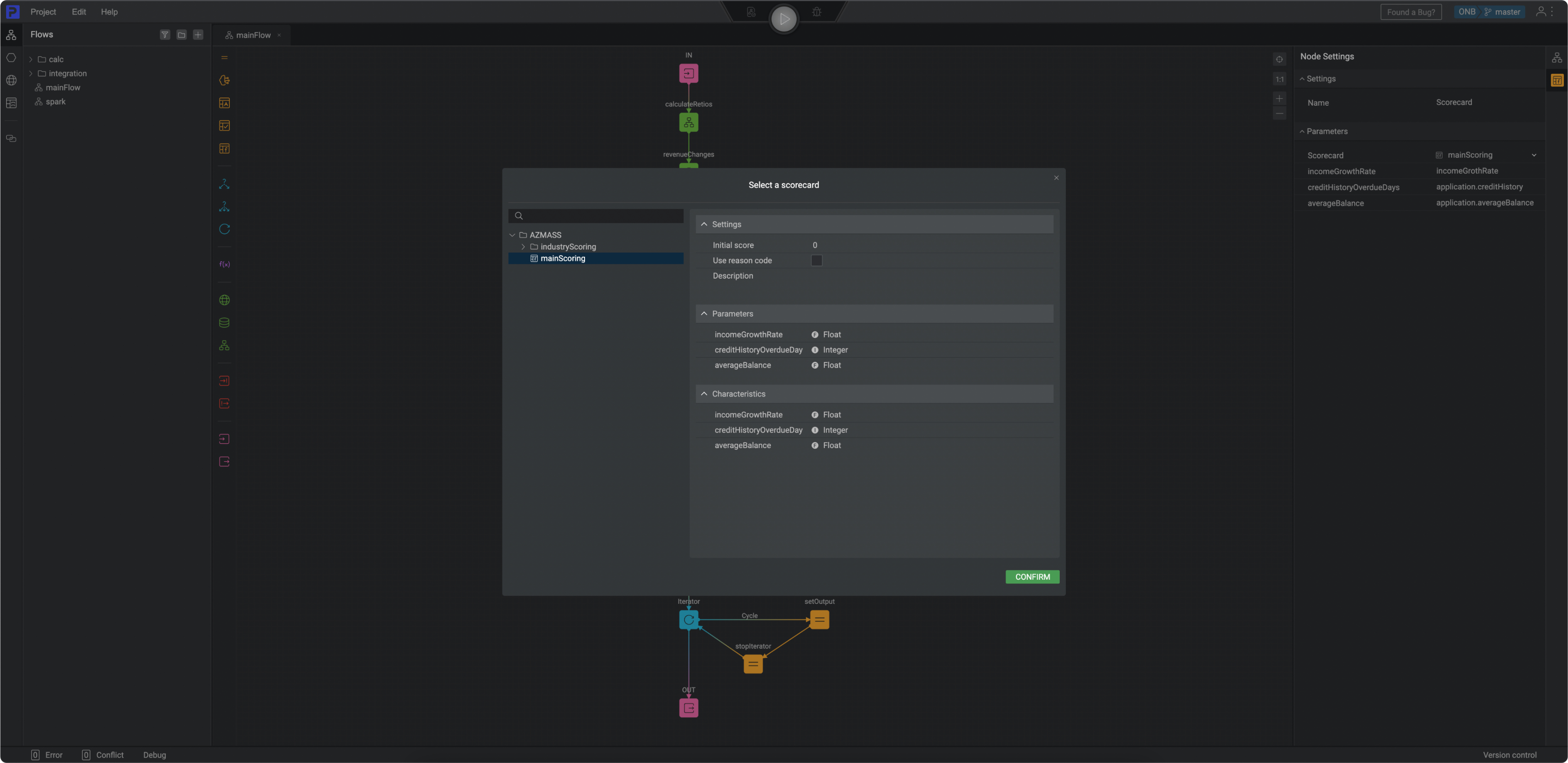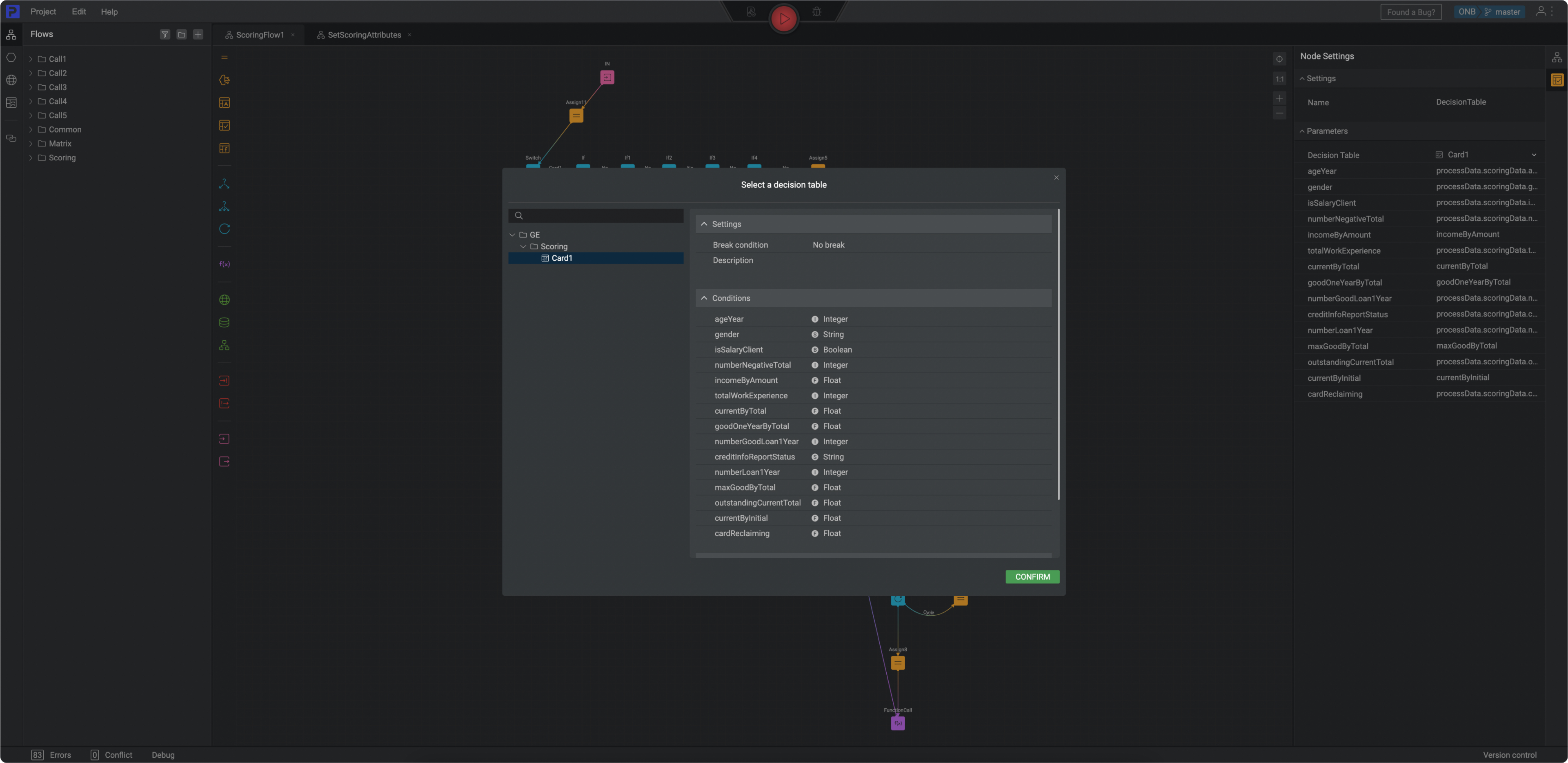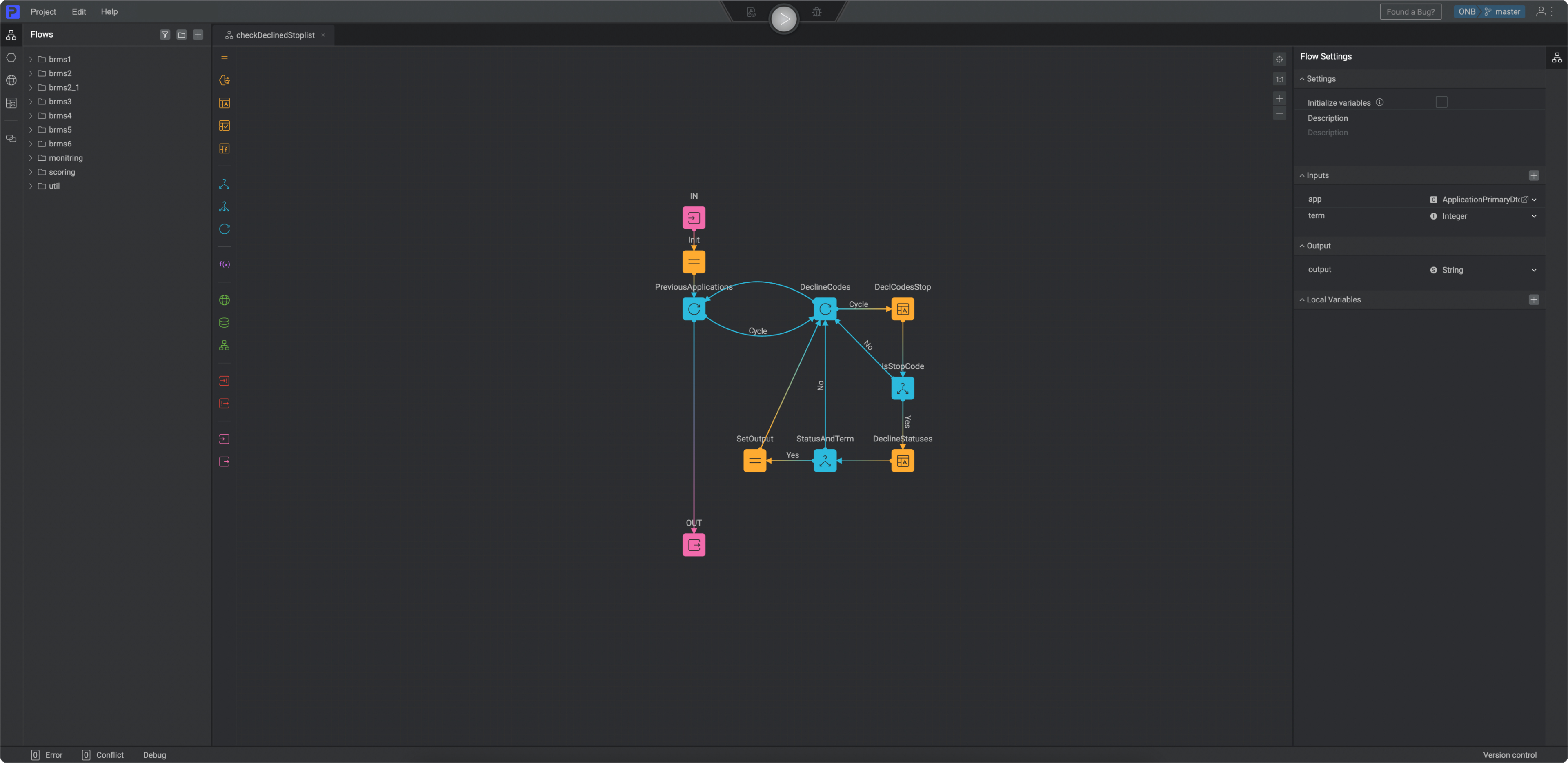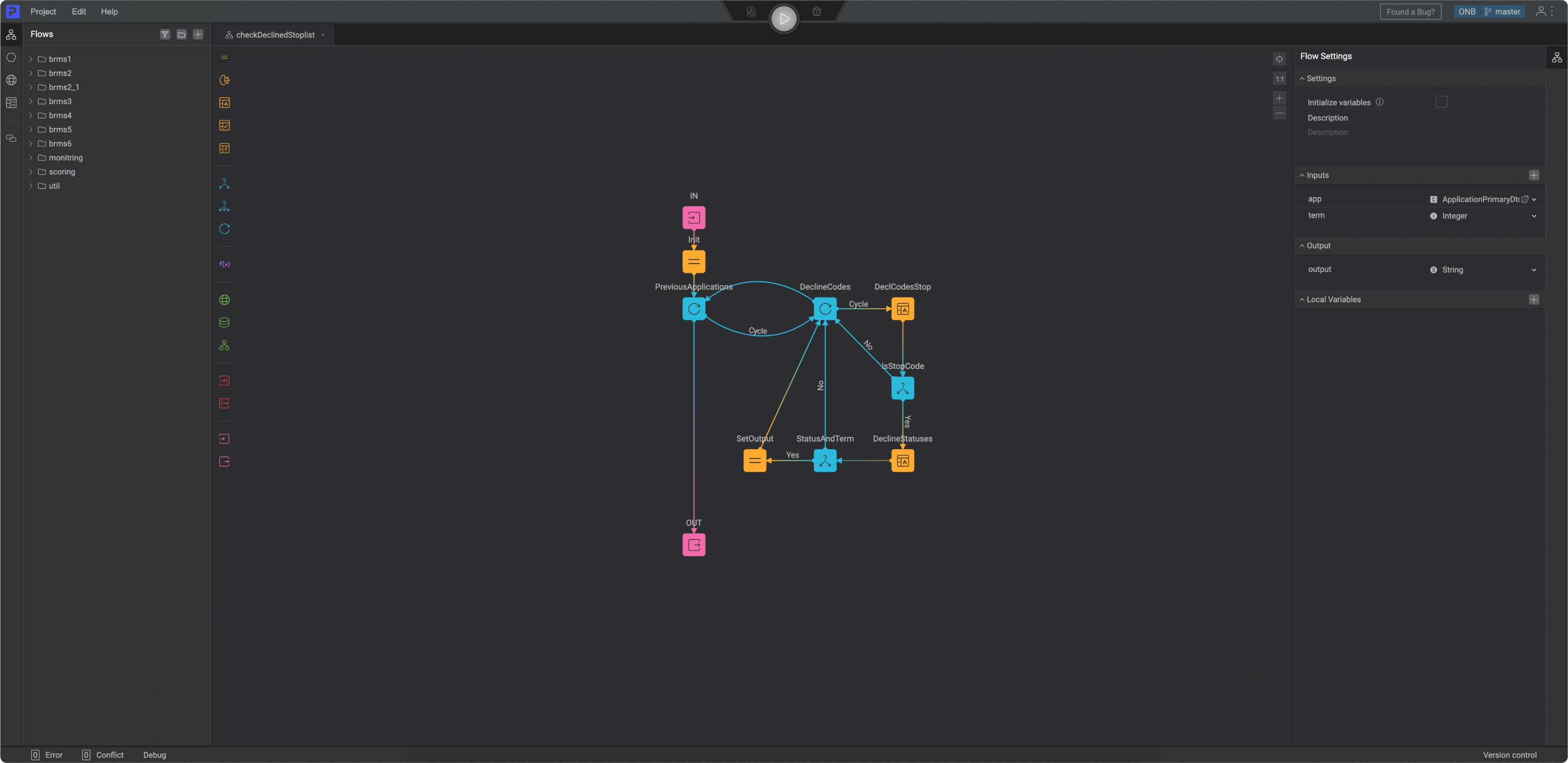Assignment of risk level and customer category within KYC processes at customer onboarding
x3 faster
x2.4 less
x3 higher
x9 less
2h1 min
x1.3

Issue
This process involves the following steps:
- Client verification according to internal databases and bank’s blacklists, identification of persons related to the client;
- Initial risk assessment;
- Client verification via external databases (terrorists, sanctions, PEP, etc.);
- Client assessment in terms of bank requirements compliance and the final risk level and category assignment.
Various departments of the bank manually performed database queries to complete the required checks and then entered the obtained information into the KYC software for the final risk level calculation.
Such a manual process could take several hours. At the very beginning of its activity, the bank was content with such labor costs. However, with the growth in the number of clients, it faced a need to automate KYC processes and attain greater flexibility in setting risk assignment rules.
Goal
- automate the customer onboarding process;
- be able to quickly and flexibly change the algorithms for assigning the client risk degree and category without the need to involve the IT department and/or a software vendor.
Solution
Visual ProcessMIX tools allowed the bank to set up integrations with internal and external data sources. The client’s risk level and category are assigned using scorecards, decision trees, and rulesets.
As a result of ProcessMIX use, the client’s customer onboarding process has become fully automated:
- ProcessMIX receives customer setup data;
- ProcessMIX initiates data requests from the internal bank’s systems
- Primary analysis is done based on rulesets;
- If there are no grounds for refusal, ProcessMIX requests the necessary data from external systems.
ProcessMIX in Action
Data analysis tools used at this stage are:
- scoring card for assigning the client’s risk level and category;
- rulesets for determining the possibility of cooperation with the client;
- a decision tree to determine the level of decision-making based on the possibility of cooperation with the client if it is impossible to determine the refusal/approval.
Summary:
x3 faster
x2.4 less
x3 higher
x9 less
2h1 min
x1.3
As a result of using ProcessMIX, the bank managed to achieve the following performance improvements:
- A fully automated customer onboarding process takes no more than 1 minute and depends on the availability of external integration services;
- Staff can change the system’s settings and add new rules and scorecards without the involvement of IT specialists. At the same time, the convenient ProcessMIX interface allows quick changes and rule configurations.
- Implementation took 3 months.
 Visual Development
Visual Development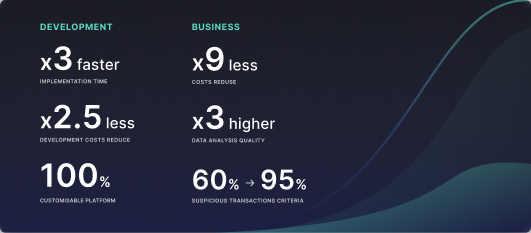 Assignment of risk level and customer category within KYC processes during customer onboarding
Assignment of risk level and customer category within KYC processes during customer onboarding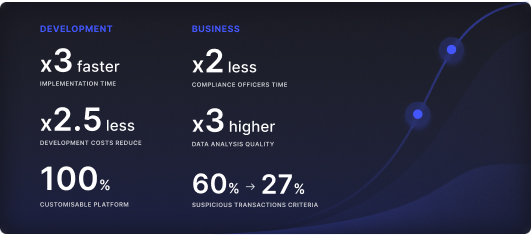 Cross-sell offer calculation for a 12MM strong client portfolio
Cross-sell offer calculation for a 12MM strong client portfolio